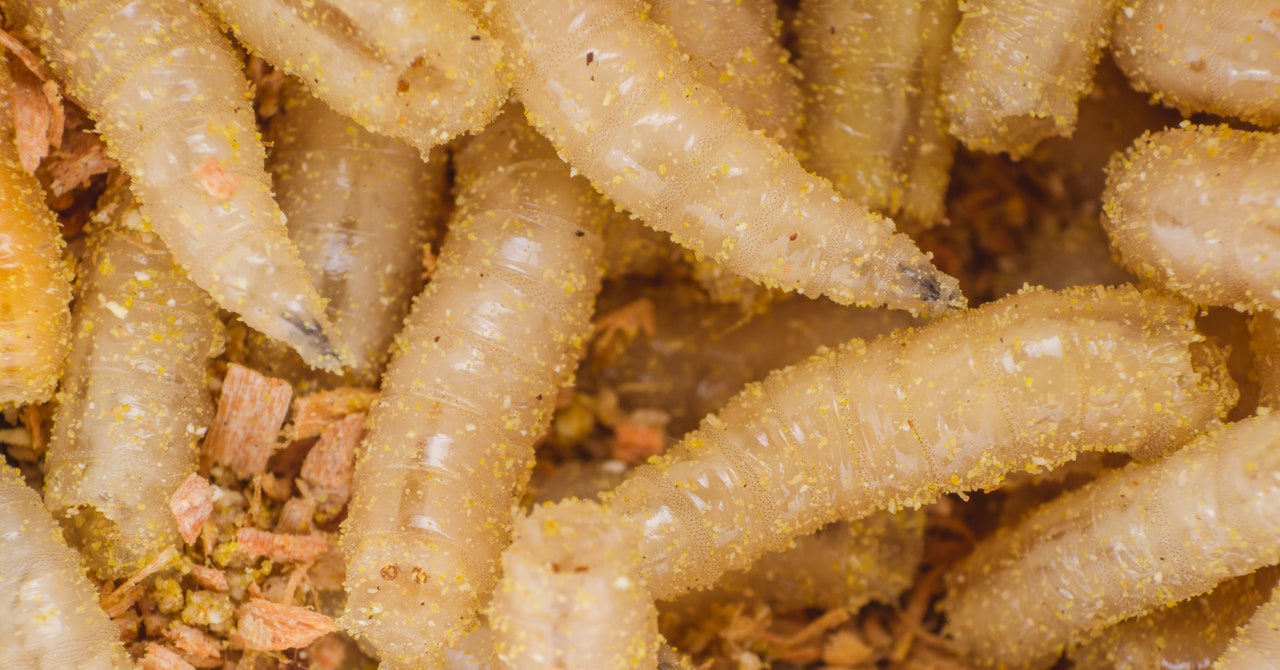On 22nd November, The United States Department of Agriculture temporarily halted cattle imports from Mexico after a flesh-eating parasite was found in the animals. In southern Mexico. Before the discovery of cattle screwworm (Cochleomyia hominivorax) at an observation point in the state of Chiapas, This species was previously extirpated in North America since the late 19th century. The US-Mexico border is closed to cattle and will not reopen until the new year.
The maggot is a metallic blue-green fly larva that spends the early part of its life cycle feeding on the living flesh of mammals. Infection can be fatal. Cows are screwworms' favorite feast, but insects Can feed other animals also As well as wildlife and pets. Flies often lay their eggs near open wounds, and if the larvae find a hole in the skin large enough to expose their sharp mouthparts, they will bury themselves in the animal's flesh and gut.
The discovery in Mexico follows the recent reappearance of the parasite in Costa Rica, Nicaragua, Honduras and Guatemala. In the event of a re-emergence of the parasite, Mexico is intensifying sanitary measures – calling for treatment of wounds in animals, larvicide baths and deworming of cattle – and launching inspection centers searching for cases in Chiapas. Is of. But conservationists from the Wildlife Conservation Society and Mexican cattlemen warn that the illegal animal trade will be the de facto gateway for the disease to enter North America.
Before closing its border with the US, Mexico's National Livestock Association called on the government to crack down on cattle smuggling at Mexico's southern border. The threat from the parasite is great, and if it becomes reestablished, the cost of eliminating it in Mexico will be high. The disruption in trade with the US was also extremely costly. In 2023 alone, Mexico's exports of live cattle and beef to the US were worth $3 billion.
on the path of the screwworm
For almost two decades, Cochleomyia hominivorax From the United States to the Darien Gap in Panama. That was until the summer of 2023, when Panama discovered The increase in infections in animals within 300 kilometers of its northern border with Costa Rica marks the beginning of the parasite's reappearance in Central America.
Costa Rica was declared free of the invasive parasite in 1999, then recorded an outbreak in July 2023. Nicaragua and Honduras, free of screwworm since 1996, confirmed cases in April and September this year, respectively. Then in October 2024, Guatemala reported the re-emergence of the fly and its larvae, with the first death being a calf. The danger to the countries further north is clear. According to the Panama–United States Commission for Screwworm Eradication and Prevention, as of November 2, these four countries had accumulated 15,638 screwworm cases in 2024, with 20,890 cases recorded in Panama.
In reports submitted to the World Organization for Animal Health, three of those countries – Costa Rica, Nicaragua and Honduras – pointed to the illegal transit of animals as the origin of the infection in their territories. An outbreak in Honduras was discovered after inspecting 68 horses that had entered the country illegally, for example, just 8 kilometers from its border with Nicaragua.



